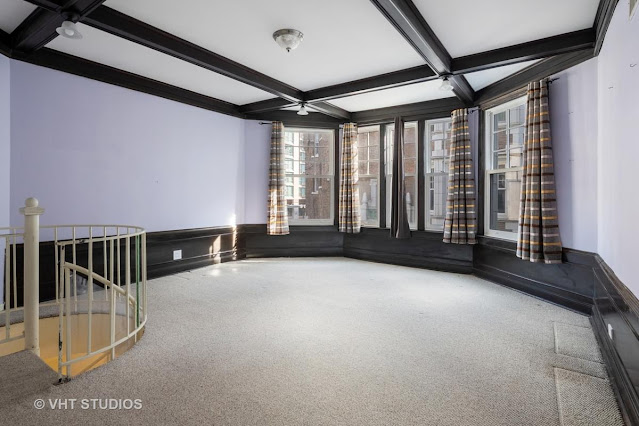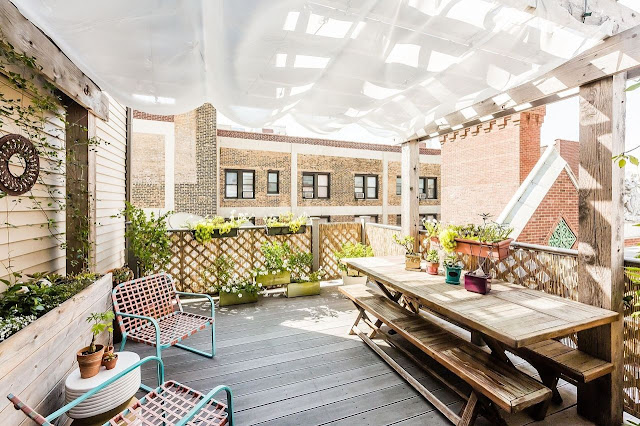Sunday, December 31, 2023
Sir 3:2-6, 12-14
God sets a father in honor over his children;
a mother’s authority he confirms over her sons.
Whoever honors his father atones for sins,
and preserves himself from them.
When he prays, he is heard;
he stores up riches who reveres his mother.
Whoever honors his father is gladdened by children,
and, when he prays, is heard.
Whoever reveres his father will live a long life;
he who obeys his father brings comfort to his mother.
My son, take care of your father when he is old;
grieve him not as long as he lives.
Even if his mind fail, be considerate of him;
revile him not all the days of his life;
kindness to a father will not be forgotten,
firmly planted against the debt of your sins
—a house raised in justice to you.
Feast of the Holy Family of Jesus, Mary and Joseph
When the days were completed for their purification
according to the law of Moses,
They took him up to Jerusalem
to present him to the Lord,
just as it is written in the law of the Lord,
Every male that opens the womb shall be consecrated to the Lord,
and to offer the sacrifice of
a pair of turtledoves or two young pigeons,
in accordance with the dictate in the law of the Lord.
Now there was a man in Jerusalem whose name was Simeon.
This man was righteous and devout,
awaiting the consolation of Israel,
and the Holy Spirit was upon him.
It had been revealed to him by the Holy Spirit
that he should not see death
before he had seen the Christ of the Lord.
He came in the Spirit into the temple;
and when the parents brought in the child Jesus
to perform the custom of the law in regard to him,
He took him into his arms and blessed God, saying:
“Now, Master, you may let your servant go
in peace, according to your word,
for my eyes have seen your salvation,
which you prepared in sight of all the peoples,
a light for revelation to the Gentiles,
and glory for your people Israel.”
The child’s father and mother were amazed at what was said about him;
and Simeon blessed them and said to Mary his mother,
“Behold, this child is destined
for the fall and rise of many in Israel,
and to be a sign that will be contradicted
—and you yourself a sword will pierce—
so that the thoughts of many hearts may be revealed.”
There was also a prophetess, Anna,
the daughter of Phanuel, of the tribe of Asher.
She was advanced in years,
having lived seven years with her husband after her marriage,
and then as a widow until she was eighty-four.
She never left the temple,
but worshiped night and day with fasting and prayer.
And coming forward at that very time,
she gave thanks to God and spoke about the child
to all who were awaiting the redemption of Jerusalem.
When they had fulfilled all the prescriptions
of the law of the Lord,
they returned to Galilee,
to their own town of Nazareth.
The child grew and became strong, filled with wisdom;
and the favor of God was upon him.
Friday, December 29, 2023
Tuesday, December 26, 2023
Japonaiserie Oiran (after Kesai Eisen) Vincent van Gogh Date: 1887
Japonaiserie Oiran (after Kesai Eisen)
Vincent van Gogh
Date: 1887; Paris, France
Style: Japonism
Genre: portrait
Media: oil, canvas
Location: Van Gogh Museum, Amsterdam, Netherlands
The Manor House Chicago
The Manor House is a condominium building in the Edgewater neighborhood of Chicago, Illinois, USA. Built in 1908, it was designed by John Edmund Oldaker Pridmore in the Tudor Revival style. The building is commonly believed to be the former home of the British consul in Chicago, although the Edgewater Historical Society has argued that there is no evidence for this claim.
The building was added to the National Register of Historic Places in 1987. It was also included as part of the Bryn Mawr Historic District, which was added to the NRHP in 1995.
The Manor House, completed in 1908, is one of Chicago's Edgewater neighborhood's earliest structures and one of the most unique luxury apartments on the city's north side. A railroad line reached Bryn Mawr Avenue in 1886, making this area and Chicago's Edgewater community a commuter suburb, and in 1889, Chicago annexed the area. As the population density and property values increased, developers invested in apartment buildings, notably around Bryn Mawr Ave. between the railroad and Lake Michigan. While many walk-up style apartment houses were constructed in this area, Manor House offered larger unit sizes and lavish designs which attracted more wealthy residents.
The true high-end apartment boom in Chicago waited until the 1920s, but a few luxury multi-dwelling buildings were constructed after the 1893 Chicago World's Fair (Colombian Exposition). The "walk-up" design became a popular style. Most walk-up apartments comprised six units as part of two three-story tiers set side by side with a centrally-located entrance that led residents directly to the front stairwell. However, The Manor House had front and back stairs for each wing. The Manor House also enjoyed a courtyard (providing guests with something similar to a suburban-home lawn), larger-than-normal units with unique layouts, immense brick wood-burning fireplaces, large art-glass windows that allowed for fresh air and cross ventilation, and plenty of comforts and perks suitable for financially independent residents. Relatively wealthy families occupied the Manor House, having much in common with the families living in the adjacent, expensive single-family houses, including having two or three live-in servants.
Married developers Samuel and Kate Margaret Dalton played a pivotal role in the trend of apartment construction in Edgewater, starting in 1902 when they developed the high-end apartment building near a quiet residential intersection two blocks from the Bryn Mawr station. They built several apartment buildings through the early 1910s, including the Manor House in 1908, which also stood near the train station. The Daltons resided in a Manor House apartment until Samuel Dalton died in 1917.
Cheers

-
Schloss Friedrichshof in Kronberg im Taunus, Hesse, near Frankfurt am Main, was built between 1889 and 1893 for the dowager German Empr...




















































